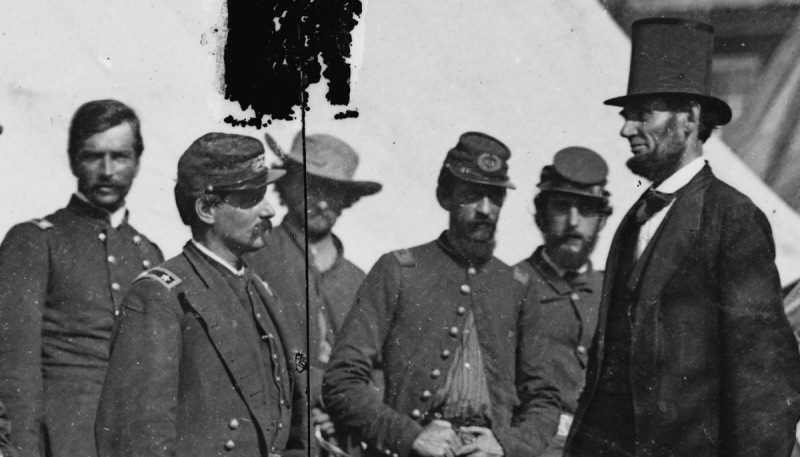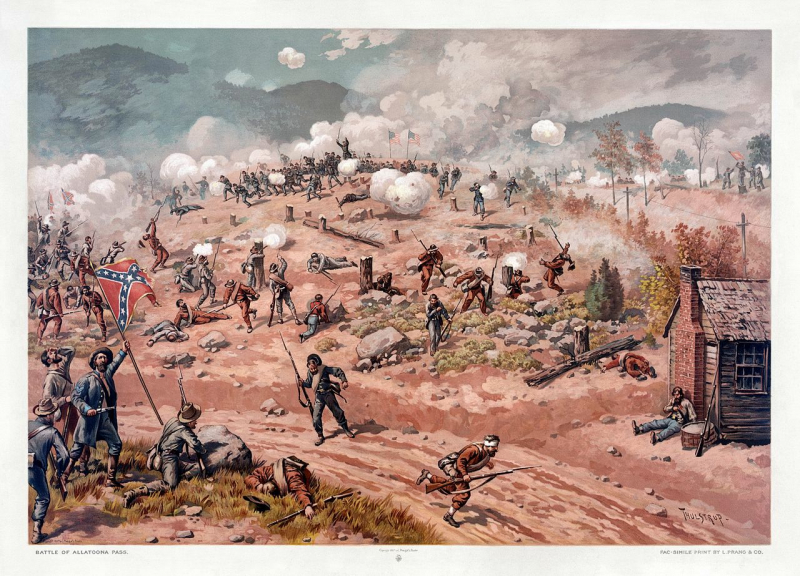The Union victory at Cedar Creek greatly boosted President Abraham Lincoln's chances for reelection in November 1864.
The Federal victory at Cedar Creek on October 19, 1864, ended Confederate resistance in the Shenandoah Valley. Coming just three weeks before the presidential election, news of the victory boosted morale in the Northern states and helped carry Abraham Lincoln to a landslide reelection. Sheridan's victory at Cedar Creek broke the back of the Confederate army and ended effective Confederate resistance in the Shenandoah Valley for the remainder of the war. President Abraham Lincoln rode the momentum of Sheridan's victories in the Valley, along with Gen. William T. Sherman's successes in Georgia, to re-election. Cedar Creek was one of the two largest battles fought in the Shenandoah Valley. This is an indispensable fact in the list of facts about the Battle of Cedar Creek.
Along with General William T. Sherman's successes in Georgia, Sheridan's success at Cedar Creek greatly aided Abraham Lincoln's re-election bid in November. Two days after the battle, Lincoln's supporters held a torchlight parade to celebrate Sheridan's victory at Cedar Creek. The show of support for Sheridan ended at the Executive Mansion, where the crowd cheered Lincoln on an impromptu speech. After Lincoln defeated Democratic candidate George B. McClellan, Lincoln issued General Executive Order No. 282 on November 14, 1864, announcing Sheridan's promotion to major general in the regular army. Lincoln specifically cited Sheridan's personal courage and military skill at Cedar Creek to justify the promotion.







